Guest post by Fernando Resende Cavalcante.
The aim of this article is to demonstrate how MAXQDA was used in the Content Analysis (Bardin 2016) phases of my research project on the analysis of leisure and recreation within the guidelines for Brazilian Physical Education.
The justification for investigating leisure and recreation is established by the historical relationship of certain themes with Physical Education in Brazil, which, at the beginning of the 20th century, began to be analyzed by professionals and were incorporated into undergraduate courses. It is important to investigate these guidelines and specific topics since they serve as the basis for the orientation of all Physical Education courses in Brazil today, totaling approximately 1,440 courses.

Leisure and recreation practices of Brazil
This research was characterized as qualitative (Creswell 2010), given the importance of interpretation and complexity in the understanding of the analyzed documents. Content Analysis was used as a research technique, which is characterized as “a set of communication analysis techniques, which uses systematic and objective procedures for describing message contents” (Bardin 2016). While Lawrence Bardin is certainly not the only author who has made recommendations regarding the Content Analysis technique, the analysis of this text is based on the author’s specific propositions.
This technique consists of three phases:
- “pre-analysis”;
- “exploitation of the material”;
- and “results treatments”.
Using MAXQDA throughout the Phases of a Content Analysis Research Project
Phase 1: Pre-Analysis
Pre-analysis is the phase of the organization of the research project. It aims to make the study operational and systematize ideas to conduct an accurate way of developing analysis operations. At this time, the researcher selects the documents and elaborates their hypotheses and objectives. The Brazilian Physical Education documents selected were: Guideline number 215 of 1987, guideline number 58 of 2004 and guideline number 584 of 2018. All of these documents were imported into MAXQDA.
Tip: One of the author’s recommendations for this phase is “floating reading”, which is the moment when the researcher allows themselves to take in overall impressions and characteristics of the selected documents in order to conduct an analysis scheme.
After the floating reading process, the researcher further investigated the Brazilian Physical Education documents where the terms “leisure” (blue) and “recreation” (green) were investigated and were coded using MAXQDA. Soon after, MAXQDA’s Document Portrait function was used to visualize the results of this process.
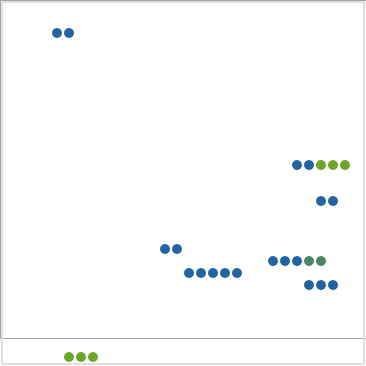
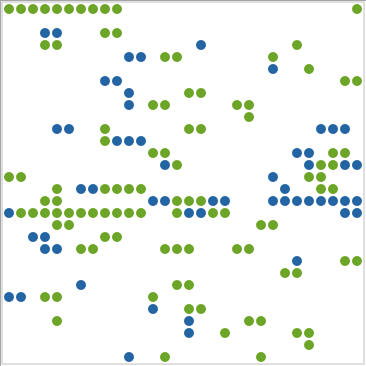
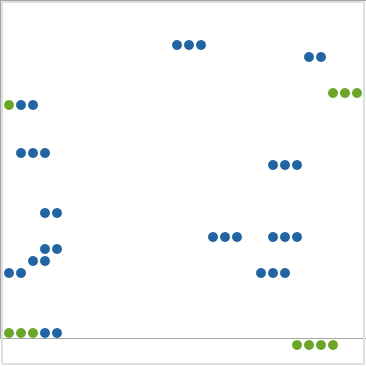
Visualizing the guidelines using MAXQDA’s Document Portrait function
Source: Search data
By using this MAXQDA visual tool, the presence and absence of leisure and recreation in the analyzed documents were noted and this provided important interpretations, which were used in the assistance of the analytical process. As can be seen, in the first guideline (1987), there is a timid presence of the themes, followed by significant growth in the second guideline (2004), and retreat in the last and current guideline (2018).
From the floating reading, rules were elaborated for the analysis of the text and with a better understanding of the analyzed documents, it was set for the phase of “exploration of the material”.
Phase 2: Exploration of the Material
This phase consists of coding operations from the directions that emerged in the “pre-analysis” phase. The coding process corresponds to a transformation of the material, according to specific rules, of the raw data of the text. This transformation enables a representation of content in codes – or record unit/context unit (Bardin 2016). In this sense, the coding process in the documents began with seeking to understand the recommendations for leisure and recreation.
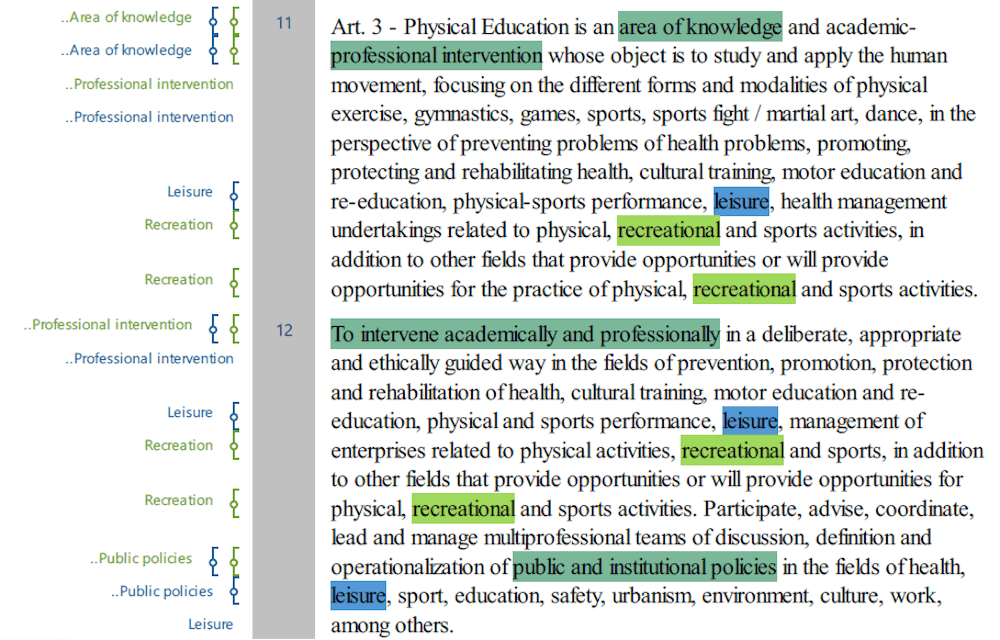
The coding process in MAXQDA
Source: Search data
The elaborate coded segments are the result of the characteristics of each document and took into account the impressions that emerged from the “floating reading” process. Nevertheless, the rules for coding can be changed, excluded – or even created new – in the exploration of the material. All of this is part of the active role of the researcher in the research.
Phase 3: Treatment of Results
After the coding process, the “treatment of the results” is left. At this stage in this project, the codes were reviewed and some were excluded while others were included according to the research objective. Then, MAXQDA’s Code Matrix Browser function was used to identify the codes made, as well as their absences and frequencies in each document.
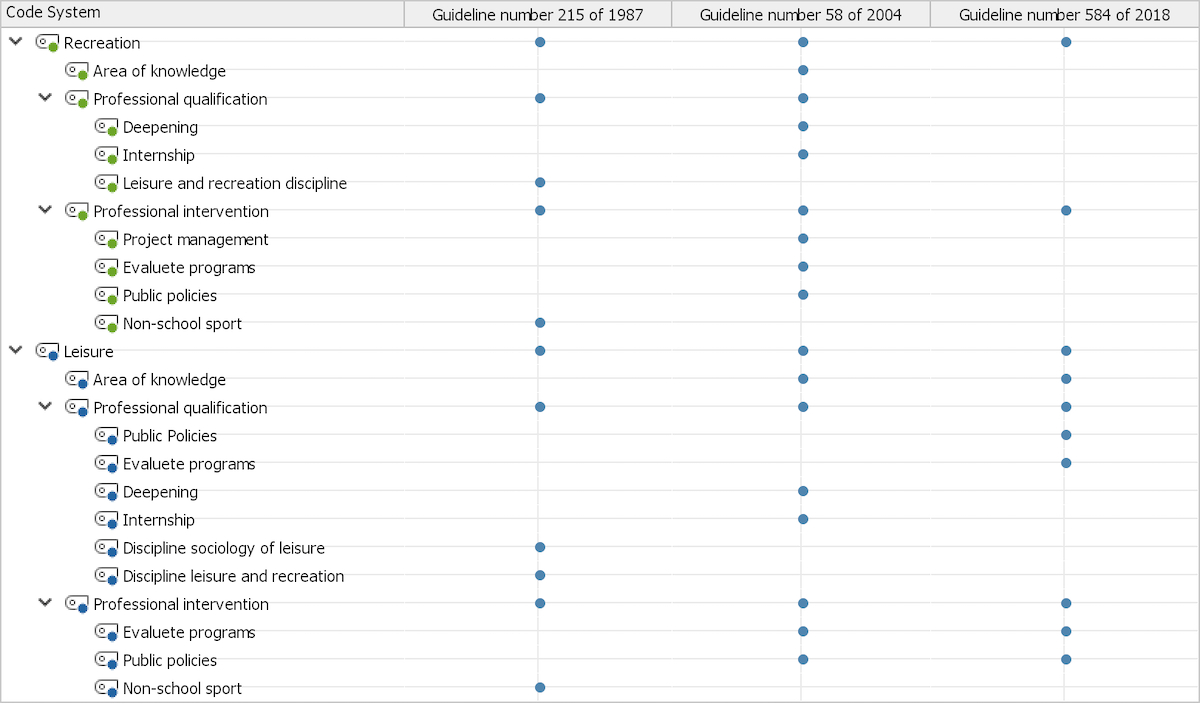
Coded segments in MAXQDA’s Code Matrix Browser and their presence and absences in the documents
Source: Search data
This tool provides a broad view of the codes assigned to each document. This visual tool contributes significantly to the understanding of the paths taken by leisure and recreation in each guideline for Brazilian Physical Education.
Based on the results, MAXQDA’s MAXMaps feature was used to illustrate and explore the process in the final versions of the research.
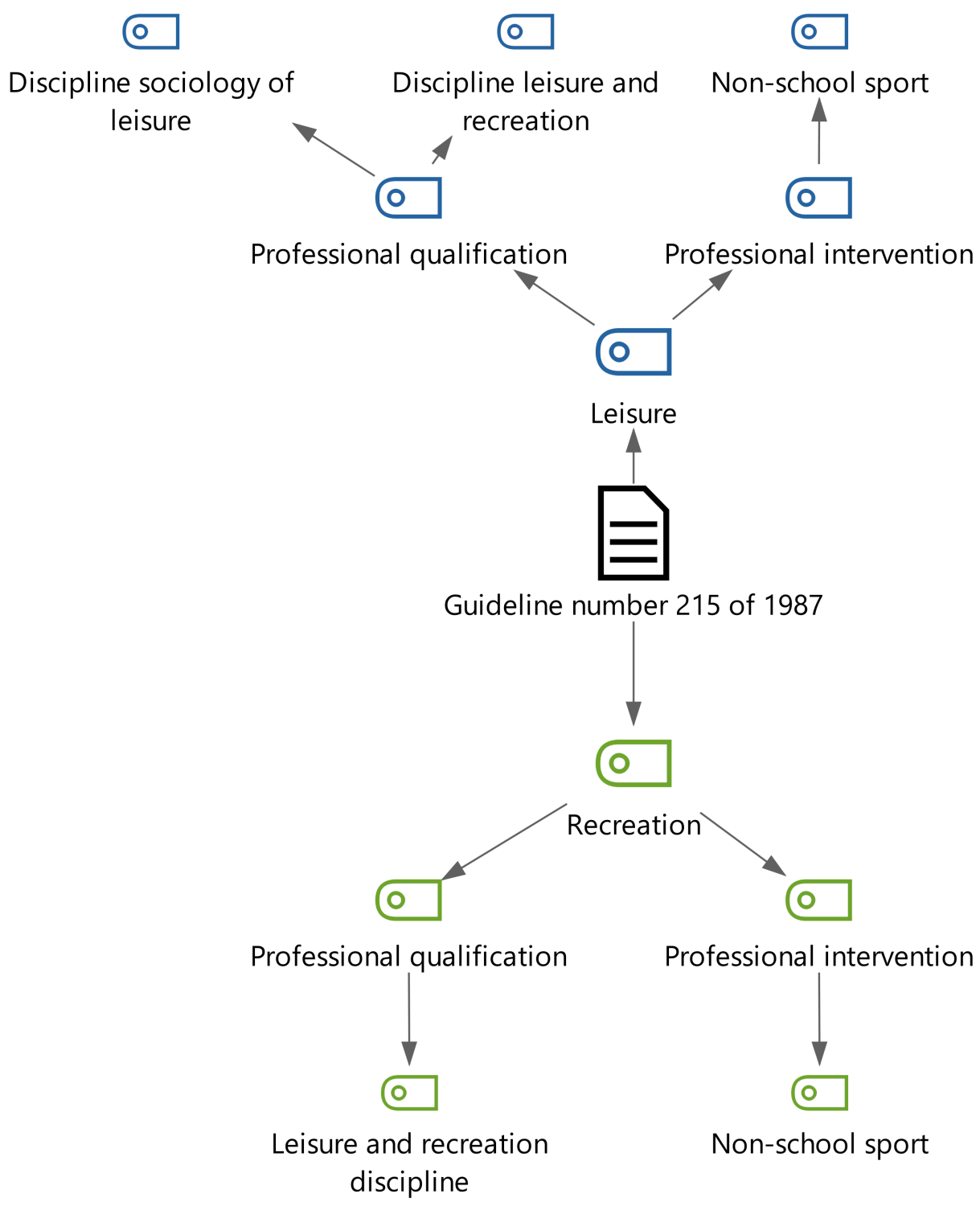
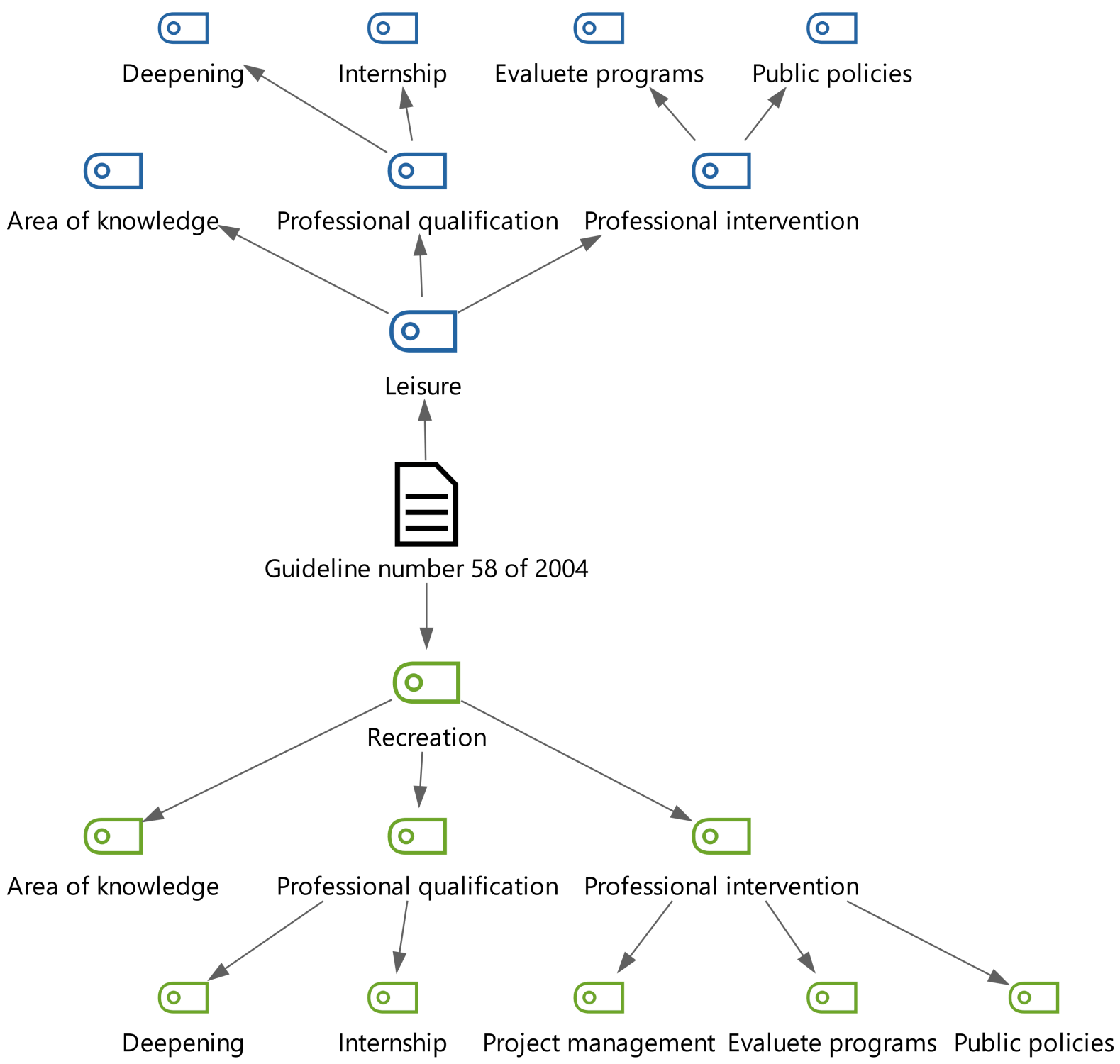
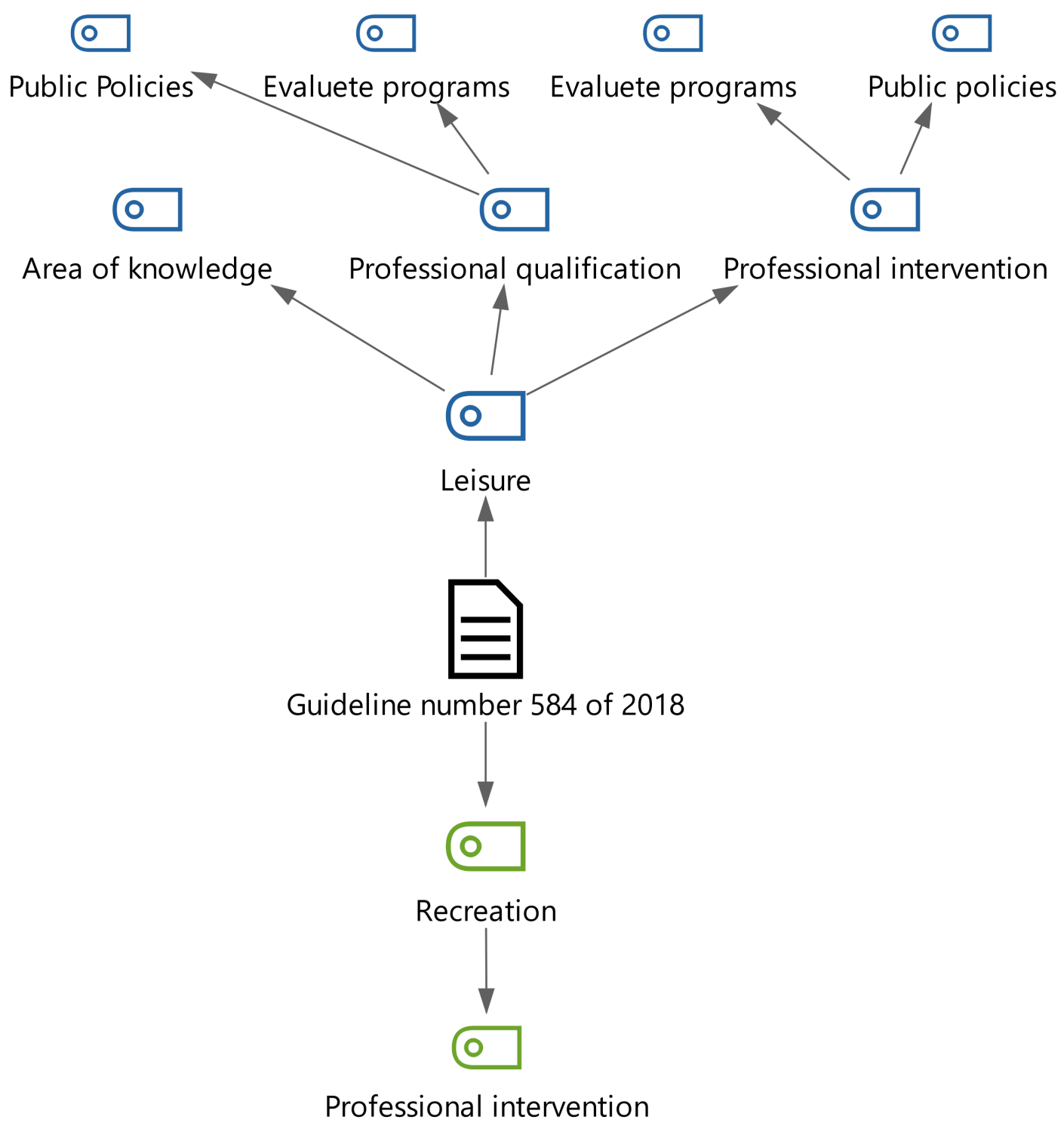
Code Maps created with MAXMaps
Source: Search data
From the definition of significant and valid data for the research, and the elaboration of figures that condense the analytical process and highlight the analysis, interpretations and inferences about the research were performed.
Conclusions
Although Bardin has defined the technique that structures the phases described above, the research journey is not as linear as it seems. Sometimes the researcher may be in the last phase and have to return to the first, it all depends on the research and how it is developing. It is therefore essential for the researcher to have their research objectives as a reference point to trim the excesses and add things as needed, making the research as clear as possible.
Finally, MAXQDA was effective and important in the analysis. MAXQDA was easily adapted for the data analysis using the proposed methodology and intuitively incorporated into all phases of Content Analysis, making it an important tool with helpful features for the researcher.
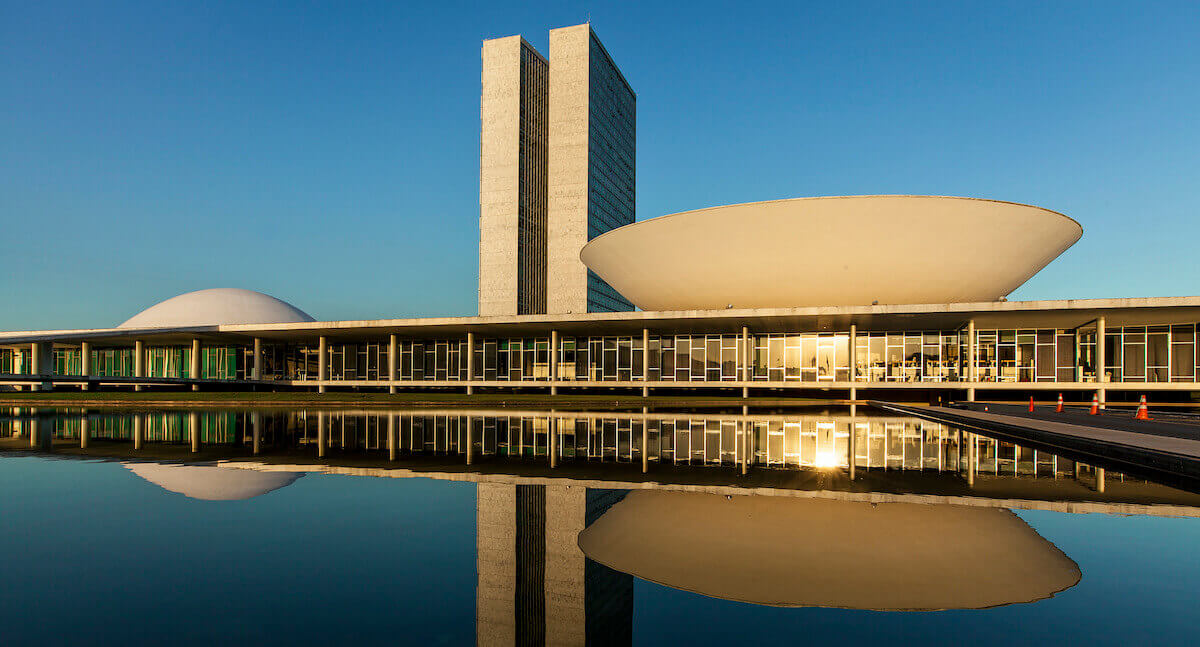
National Congress of Brazil, Photo by: Bruno Pinheiro
References
Bardin, L. Análise de Conteúdo. 6th ed. São Paulo: Edições 70; 2016.
Creswell, JW. Projeto de Pesquisa: métodos qualitativo, quantitativo e misto. 3rd ed. Porto Alegre: Artmed; 2010.
About the Author
Fernando Resende Cavalcante is a student of the Graduate Program in Physical Education at the University of Brasília and a member of the Study and Research Group in Sport, Leisure and Communication at the Federal University of Goiás. Currently, the author is interested in topics related to leisure and recreation in physical education training courses.
Find further content analysis with MAXQDA research examples here:

 Fernando Resende Cavalcante is a student of the Graduate Program in
Fernando Resende Cavalcante is a student of the Graduate Program in 


